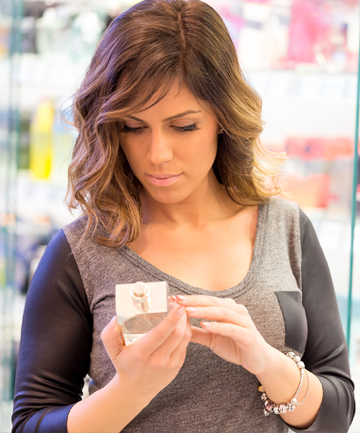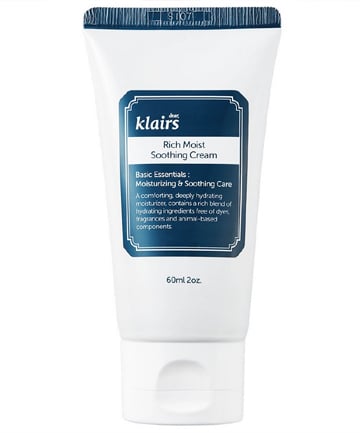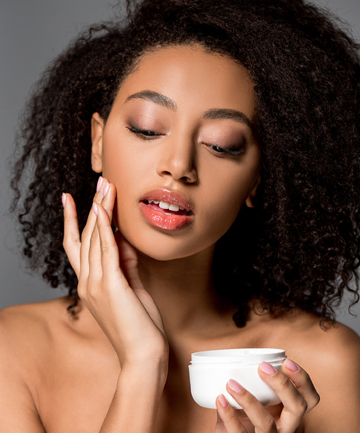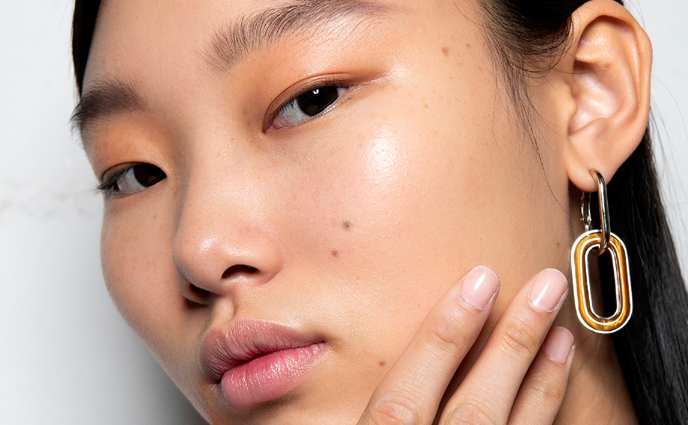The "chemical versus physical" sunscreen has been an ongoing debate in the dermatology world, and ultimately what matters most of all is that you're wearing SPF at all. That said, there's an increasing number of dermatologists who advocate for mineral-based sunscreens, and there's fortunately been an uptick in sophisticated, lightweight, easy-to-wear formulations.
"Physical sunscreens block a wide range of UV wavelengths, they are photostable, and there are fewer concerns about their potential adverse effects both to the body and to the environment," explains Dr. King. "Additionally, physical sunscreens are less likely to clog pores and irritate complexions, particularly for those with sensitive skin."
Examples of chemical sunscreen ingredients include avobenzone, octinoxate, and oxybenzone, while mineral-based sunscreen ingredients are typically zinc oxide and titanium dioxide. One of our favorite mineral sunscreens is Versed Guards Up Daily Mineral Sunscreen Broad Spectrum SPF 35, $21.99.
This might sound like something you don't have to worry about, but formaldehyde (and formaldehyde-releasing agents) are actually still found in skin care products and cosmetics.
Dr. King says, "These are a common cause of contact dermatitis and irritation of the skin. Formaldehyde is also a known carcinogen. Specifically, quaternium-15, DMDM-hydantoin, imidazolidinyl urea, and diazolidinyl urea are all formaldehyde releasers."
These ingredients are typically incorporated to kill microorganisms, but there are alternatives that do work. Check the ingredient list for these biggies and avoid them.
Image via zoranm/E+/Getty
It's not just a tongue twister, methylisothiazolinone is a common skin care ingredient that can cause allergic reactions in many skin types. "MI is a preservative used to prevent bacterial overgrowth in cosmetics and household products, such as make-up remover wipes, shampoos, deodorants, detergents, moisturizers, make-up, and baby wipes," says Dr. Birnbaum. "It is one of the most common ingredients to cause allergic contact dermatitis."
Image via zoranm/E+/Getty
Here's another skin care ingredient situation where YMMV, but generally speaking, your skin will appreciate it when you reach for non-fragranced products. Especially if you have sensitive or compromised skin.
"Many fragrances are skin and eye irritants. They are also common culprits of allergic reactions and can even trigger headaches and dizziness," notes Dr. Murphy-Rose. "Contact dermatitis occurs after exposure to an offending ingredient, and fragrance is one of the most common triggers. Contact dermatitis usually appears as pink or red scaly dry-appearing rashes that may itch."
Dr. Birnbaum adds that you should look for "fragrance-free" products over "unscented" products. "'Unscented' products can use a masking fragrance to mask an unpleasant smell to produce a neutral smell, but they are still fragranced," she says.
Fortunately, there are plenty of fragrance-free products out there, including products by Vanicream, First Aid Beauty, Cetaphil, and Cerave. Try Klairs Rich Moist Soothing Cream, $25.
Propylene glycol is another very common ingredient found in skin care, and generally speaking it's considered safe. However, Dr. Murphy-Rose warns that it is often associated with contact dermatitis. "Further," she adds, "Propylene glycol enhances the penetration of other ingredients into the skin which can make susceptible users more at risk of reactions to those other ingredients. It's a good idea to avoid this ingredient, especially in patients with sensitive skin."
Image via LightFieldStudios/iStock/Getty Images Plus/Getty









